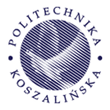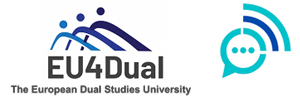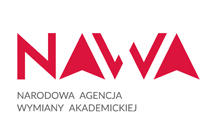Technology and Employment
The nature of work is currently experiencing a transformative shift propelled by emerging technologies like machine learning, artificial intelligence (AI), and the internet of things (IoT). This transition, commonly referred to as the ‘Fourth Industrial Revolution’, is characterized by the increasing efficiency of robots and computers in performing various tasks. While initially their focus was on repetitive and predictable activities, recent advancements have empowered these machines to tackle more complex tasks requiring cognitive capabilities.
Unsurprisingly, these advancements, notably the widespread implementation of AI, raise concerns about the potential loss of jobs for professionals whose positions in the job market were relatively secure just a few years ago. Contrary to earlier expectations, jobs involving a high level of manual dexterity are expected to face less threat from AI and robotization compared to professions that are cognitively demanding.
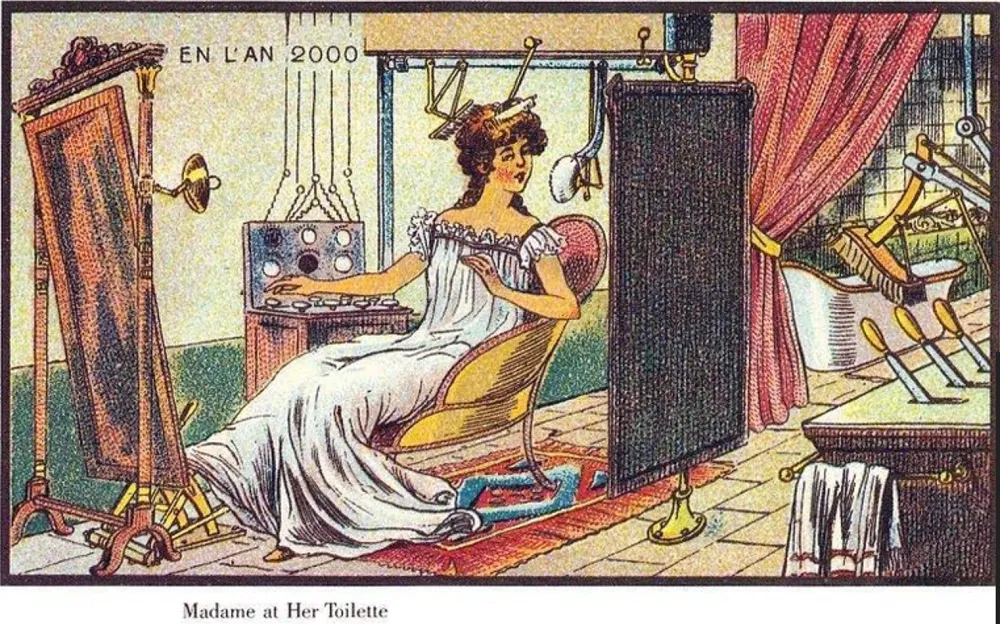
A Goldman Sachs Study suggests that generative AI tools could impact around 300 million full-time jobs globally, leading to significant disruptions in the job market. Exploration of jobs at the highest risk for AI replacement identifies several sectors. Tech jobs, including coders, computer programmers, and data analysts, are susceptible due to AI’s proficiency in tasks like coding and data analysis. Media jobs, encompassing advertising, technical writing, journalism, and content creation, may face changes as AI, exemplified by ChatGPT, proves adept at generating written content. Similarly, legal industry jobs such as paralegals and legal assistants, as well as market research analysts, could be impacted, given AI’s ability to handle language-oriented tasks and analyze data, respectively. Furthermore, the list includes jobs like financial analysts and personal financial advisors, traders, graphic designers, accountants, and customer service agents.
Despite the potential threat to these and other jobs, experts like Anu Madgavkar from the McKinsey Institute caution against viewing AI as complete replacements, emphasizing the need to consider these technologies as productivity-enhancing tools. While AI could automate certain aspects of these roles, human judgment, creativity, and the irreplaceable human connection in certain professions will likely mitigate complete job displacement.
The value of creativity
Creativity, highlighted as a pivotal skill in the Future of Jobs Report 2023 by the World Economic Forum, emerges as a one of the key factors for thriving in the global market. The ability to think creatively not only enhances problem-solving capabilities but also fosters innovation, making it a critical asset for professionals facing the challenges posed by emerging technologies. Creative thinking proves invaluable in devising adaptive strategies, envisioning novel approaches to tasks, and contributing to a culture of continuous improvement. Individuals equipped with creative skills are poised to excel, driving both personal and organizational success. Thus, creativity is identified as a highly valued transferable skill with the potential to confer substantial advantages to individuals.
In general terms, creativity, or the act of being creative, denotes the capacity to generate, express, or employ inventive ideas, techniques, and perspectives (Ferrari et al., 2009), frequently within a collaborative setting (Lucas and Hanson, 2015). It is connected to the proficiency of various life skills, notably critical thinking, identification (Sternberg, 2006) and resolution of problems (Torrance, 1977).
Surprisingly, the definitions of creativity, a concept characterized by its inherent vagueness and elusive nature, have seen limited evolution over the years:
Guilford (1950): “Creativity refers to the ability to produce work that is both novel (original, unexpected) and appropriate (useful, adaptive concerning task constraints).”
Amabile (1983): “Creativity is the production of novel and appropriate ideas in any domain.”
Csikszentmihalyi (1996): “A creative person is one whose thoughts or actions change a domain, or establish a new domain, regardless of the level of acceptance by others.”
Runco (2003): “Creativity is the interaction among aptitude, process, and environment by which an individual or group produces a perceptible product that is both novel and useful as defined within a social context.”
Across these definitions of creativity, a common thread emerges: the concept involves the generation of ideas or products that exhibit both novelty and appropriateness. Whether expressed as original and useful work, novel and appropriate ideas in any domain, or actions that change or establish a domain, these definitions collectively highlight the interactive nature of creativity. They underscore the dynamic interplay among individual aptitude, the creative process, and the environmental context within a social framework.
AI and creativity
The utilization of AI for creative endeavors is not a recent phenomenon. In the 1970s, British artist and computer scientist Harold Cohen pioneered this concept with AARON, an AI program capable of autonomously generating original artwork. AARON marked a significant milestone in the exploration of AI’s potential within visual arts. As the program evolved, it consistently generated progressively intricate and aesthetically pleasing pieces, thereby challenging conventional ideas surrounding artistic creation.
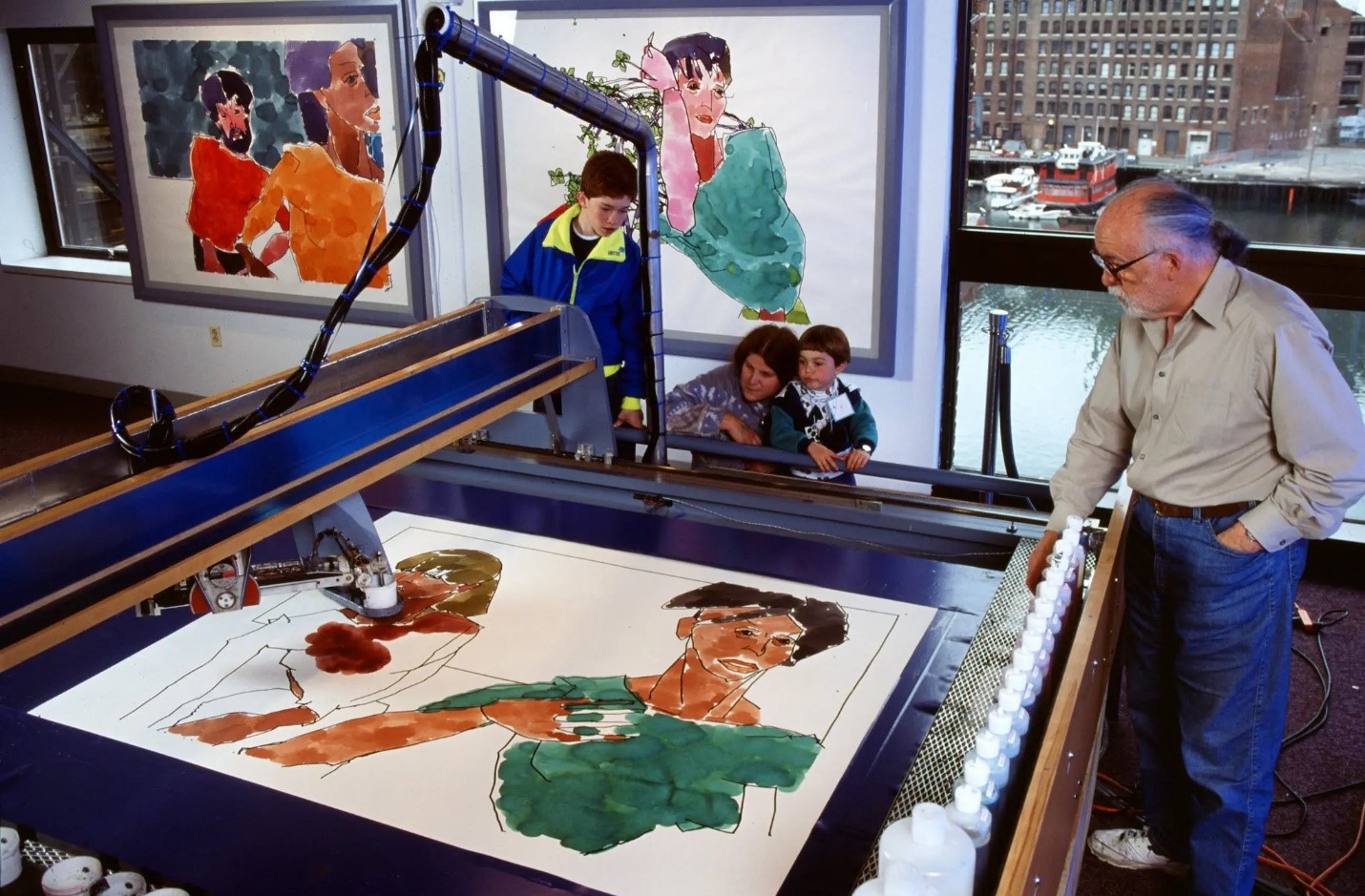
Recent advancements in AI have significantly expanded into the domain of artistic creation, enabling the development of complex and multi-stage projects like films. A notable illustration of this is “The Safe Zone,” a groundbreaking collaboration empowered by ChatGPT from OpenAI. Going beyond its initial role in crafting the script, ChatGPT assumed a central role in directing the production of this short film. Leveraging the sophisticated capabilities of ChatGPT, the film crew benefited from a detailed shot list and specific guidance for the Director of Photography and camera operators, encompassing recommendations for camera lenses, movements, and lighting specifications. Furthermore, ChatGPT actively contributed to the creative process by proposing wardrobe preferences and offering specific prompts for DALL-E 2, resulting in the generation of a comprehensive storyboard. This innovative integration of AI not only streamlined the filmmaking process but also demonstrated the potential for collaborative creativity between artificial intelligence and human filmmakers.
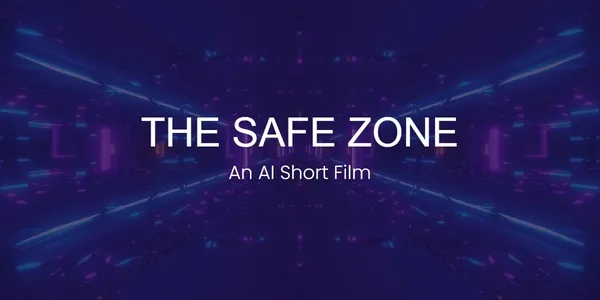
This groundbreaking application of AI not only served to enhance the efficiency of the filmmaking process but also served as a testament to the immense potential for collaborative creativity between human ingenuity and machine intelligence. The integration of AI, particularly exemplified by ChatGPT from OpenAI, transcended traditional boundaries by actively participating in various stages of film production.
Is AI a threat to creativity?
A prevailing concern among many is the potential threat of AI extinguishing human creativity. This apprehension has manifested prominently in widespread protests led by the Writers Guild of America, particularly in opposition to the utilization of AI for content creation in television entertainment shows. Also, numerous legal claims have arisen from authors dissatisfied with the use of their texts to train AI, highlighting a contentious issue where consent was not sought for such utilization.
Human creativity and AI creativity are distinct phenomena with inherent differences, and while AI has demonstrated remarkable capabilities, it cannot fully replace the nuanced, multifaceted nature of human creativity.
Nevertheless, there are those who perceive the situation with a milder sense of discontent. Renowned American author Stephen King is among them, expressing the following viewpoint:
“Creativity can’t happen without sentience, and there are now arguments that some AIs are indeed sentient. If that is true now or in the future, then creativity might be possible. I view this possibility with a certain dreadful fascination. Would I forbid the teaching (if that is the word) of my stories to computers? Not even if I could. I might as well be King Canute, forbidding the tide to come in. Or a Luddite trying to stop industrial progress by hammering a steam loom to pieces.”
Indeed, it is worthwhile to delve into the sources of human creativity and AI creativity to assess whether AI poses a threat.
Human creativity is characterized by:
Intrinsic understanding: It is deeply rooted in emotions, experiences, and intrinsic understanding of the world. It often involves complex cognitive processes that integrate various forms of knowledge, intuition, and emotional intelligence.
Originality and novelty: It often produces original and novel ideas that stem from the unique perspective, imagination, and the ability to connect seemingly unrelated concepts. Humans can generate groundbreaking, unconventional solutions to problems.
Contextual sensitivity: Human creativity is profoundly sensitive to context, culture, and societal nuances. Creativity often reflects and responds to the intricacies of human life, emotions, and societal dynamics.
Meanwhile, AI creativity is based on:
Data-driven output: it is data-driven, relying on patterns and information fed into the system during training. It lacks the inherent understanding, emotional depth, and experiential learning that characterize human creativity.
Algorithmic patterns: it is based on algorithms and patterns learned from extensive datasets. While it can generate content, it lacks the intrinsic capacity for emotional depth, intuition, and the ability to draw from personal experiences.
Objective problem-solving: AI excels in objective problem-solving and optimization based on predefined parameters. It can analyze vast amounts of data and generate solutions efficiently but may struggle with the ambiguity, subjectivity, and open-ended nature inherent in many creative tasks.
While AI has made significant strides in creative tasks, the essence of human creativity, with its emotional depth, intrinsic understanding, and contextual sensitivity, remains unparalleled. Human creativity is fueled by consciousness, self-awareness, and a rich tapestry of experiences, allowing for the creation of genuinely original and deeply meaningful content. AI, on the other hand, operates within the constraints of algorithms and learned patterns, lacking the profound understanding and subjective interpretation that characterize human creative endeavors.
Possible scenarios of AI-human collaboration
In the long-term perspective, the impact of generative AI systems on human creativity and society is envisioned through four distinct scenarios (Vinchon et al., 2023):
- Co-cre-AI-tion: This scenario portrays a collaborative effort between humans and generative AI, resulting in a hybridized output that combines the strengths of both parties. Recognized as augmented creativity, this collaborative approach is considered an optimal future by many researchers and artists, allowing for unprecedented creative possibilities that neither humans nor AI could achieve alone.
- Organic: Described as “old-fashioned” creativity, this scenario emphasizes pure human creativity created for humans. It contrasts with automated content creation and envisions human-generated output gaining value due to its perceived quality, uniqueness, and authenticity, akin to the “handmade effect.”
- Plagiarism 3.0: In this scenario, individuals seeking to appear productive and creative heavily draw on AI-generated content without proper citation. Legal and ethical debates arise, as seen in cases where copyright protection agreements are revoked for AI-generated images, raising questions about intellectual property and ethical considerations.
- Shutdown: This scenario suggests that some individuals may become demotivated to engage in creative activities altogether, outsourcing content creation to generative AI. Creative mortification, where individuals perceive their work as less valuable compared to AI-generated content, is a major concern in this scenario.
Concluding remarks
Artificial Intelligence stands poised as a transformative force capable of reshaping societies across various dimensions. As AI technologies advance, their impact extends beyond traditional sectors, influencing communication, relationships, power structures, societal norms, and job market. From personalized recommendation systems shaping individual preferences to AI-driven decision-making affecting governance and policy, the societal implications are expected to be profound. Moreover, the deployment of AI in sectors like healthcare, education, and finance could enhance efficiency and accessibility, yet simultaneously raise concerns about privacy, ethics, and equity. In the process of societal adaptation to this evolution, it becomes imperative to foster ethical practices, regulatory frameworks, and public discourse to ensure that the benefits of AI are harnessed responsibly for the betterment of humanity.
References
Amabile, T. M. (1983). The Social Psychology of Creativity. Springer.
Csikszentmihalyi, M. (1996). Creativity: Flow and the Psychology of Discovery and Invention. Harper Perennial.
Ferrari, A., et al. (2009). Innovation and Creativity in Education and Training in the EU Member States: Fostering Creative Learning and Supporting Innovative Teaching. Seville: European Commission.
Guilford, J. P. (1950). Creativity. American Psychologist, 5(9), 444-454.
Lucas, B., & Hanson, J. (2015). Learning to be Employable. Practical Lessons from Research into Developing Character. Available at: www.cityandguilds.com/learningtobeemployable.
Runco, M. A. (2003). Education for Creative Potential. Scandinavian Journal of Educational Research, 47(3), 317-324.
Sternberg, R. (2006). The Nature of Creativity. Creativity Research Journal, 18(1), 87–98. Available at: http://www.cc.gatech.edu/classes/AY2013/cs7601_spring/papers/Sternberg_Nature-of-creativity.pdf.
Torrance, E. P. (1977). Creativity in the Classroom: What Research Says to the Teacher. Washington, DC: National Education Association.
Vinchon, F., Lubart, T., Bartolotta, S., Gironnay, V., Botella, M., Bourgeois-Bougrine, S., ... & Gaggioli, A. (2023). Artificial Intelligence & Creativity: A manifesto for collaboration. The Journal of Creative Behavior.
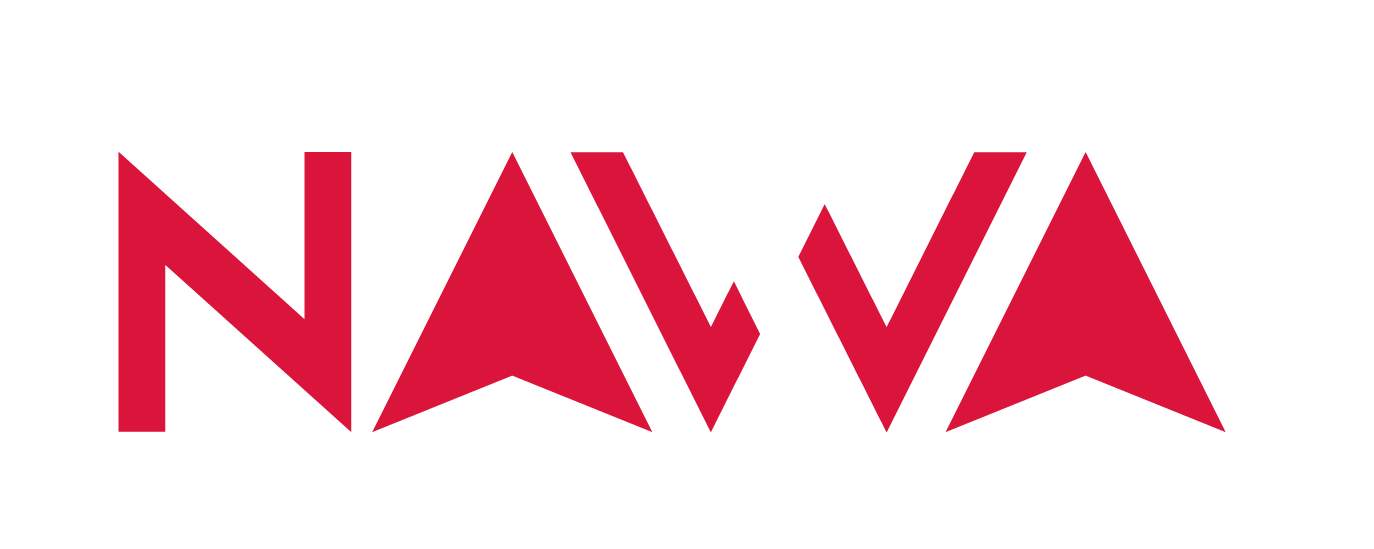
 Polski
Polski
